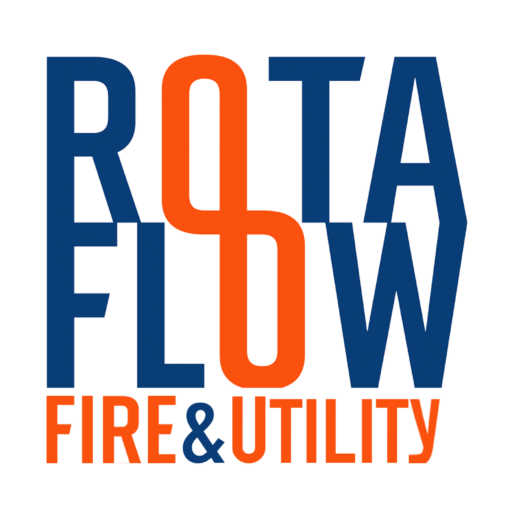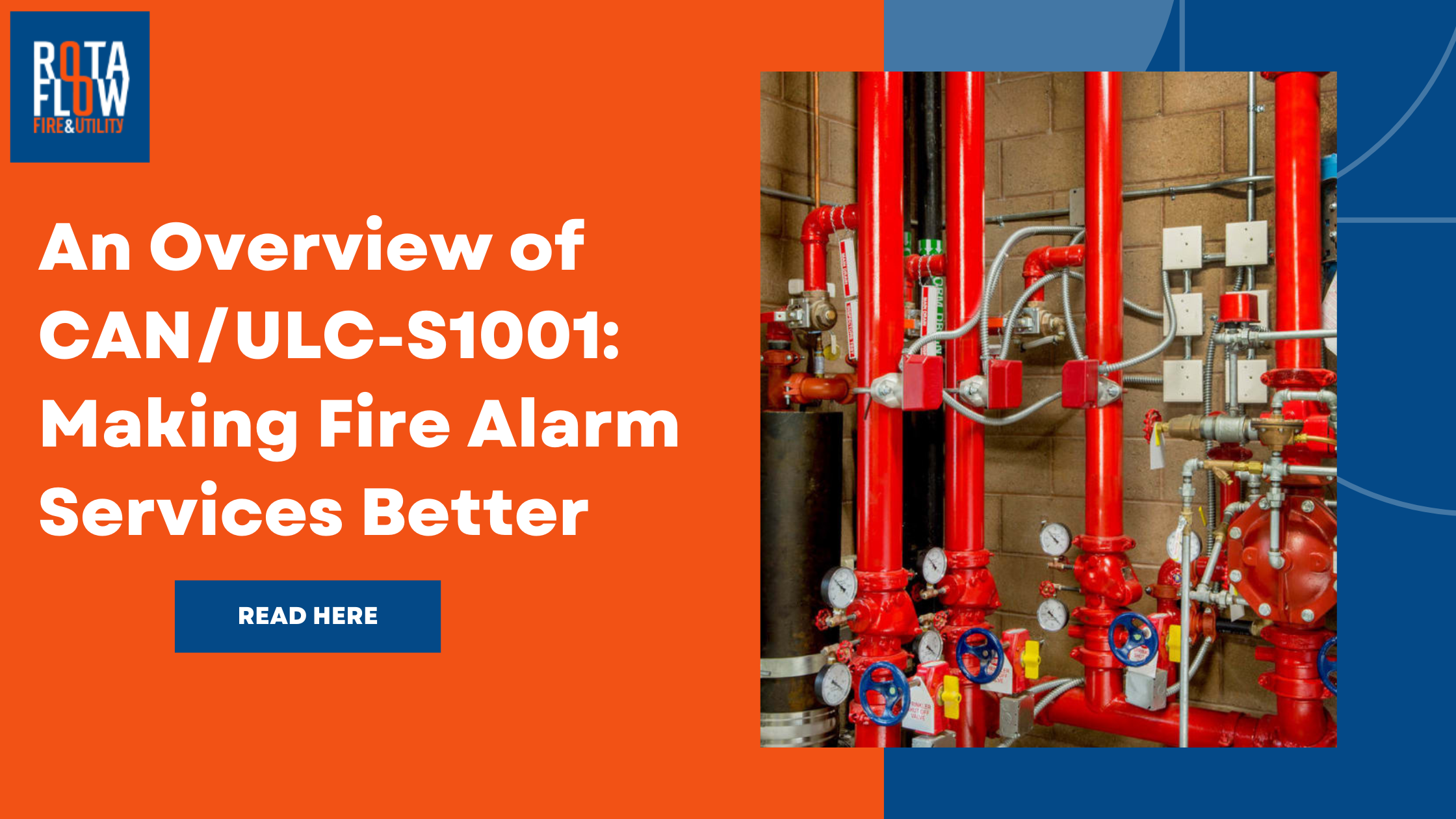Introduction:
Fire safety is a top priority in any building or structure, and the effectiveness of fire alarm systems is critical in guaranteeing occupant safety. The CAN/ULC-S1001 regulates the inspection, testing, and maintenance of fire alarm systems, and the fire alarm service business in Canada abides by the standards laid out in this document. In this article, we will look at the important features of CAN/ULC-S1001 services, emphasizing the importance of compliance and how it contributes to improved fire safety.
The Basics of CAN/ULC-S1001:
1. Compliance and Certification:
The CAN/ULC-S1001 standard establishes the bar for fire alarm service providers and emphasizes the value of adherence to exacting requirements. Companies that follow these guidelines are certified, demonstrating their dedication to quality and safety.
2. Inspection Protocols:
The standard specifies thorough procedures for inspecting fire alarm systems. This entails carefully inspecting all parts, from wiring and communication equipment to control panels and detectors. The system is kept in top operational condition by routine inspections.
3. Testing Procedures:
The CAN/ULC-S1001 standard defines extensive testing techniques for determining the functionality of various components in a fire alarm system. This includes simulated alarms, smoke detector sensitivity testing, and communication pathway verification.
4. Maintenance Guidelines:
Fire alarm systems require routine maintenance to ensure their longevity and dependability. The standard specifies rules for preventative care, which aid in identifying and addressing any faults before they jeopardize the system’s effectiveness.
Advantages of CAN/ULC-S1001 Services:
1. Enhanced Safety:
CAN/ULC-S1001 compliance guarantees that fire alarm systems are operating at their peak efficiency. This greatly lowers the possibility of system failures during emergencies, improving the safety of building inhabitants.
2. Regulatory Compliance:
Compliance with CAN/ULC-S1001 is a legal obligation in many jurisdictions. Selecting a service provider who has earned this certification ensures compliance with local laws, preventing potential legal problems and fines.
3. Early Detection of Issues:
Early detection of potential issues is made possible by routine testing and inspections in accordance with CAN/ULC-S1001. Prompt problem-solving guarantees that the system is always prepared to react successfully in a fire.
4. Increased System Longevity:
CAN/ULC-S1001’s extensive maintenance requirements help to extend the life of fire alarm systems. Regular inspections and preventive maintenance help to reduce wear and tear, lowering the need for costly replacements.
Choosing a CAN/ULC-S1001 Certified Service Provider:
When choosing a fire alarm service provider, it is critical to evaluate their CAN/ULC-S1001 accreditation. This certification demonstrates their dedication to the highest quality and safety requirements. Furthermore, Rotaflow is likely to stay current on the latest innovations in fire alarm technology, ensuring that its services adhere to fire protection industry best practices.
Conclusion:
CAN/ULC-S1001 is critical in raising the bar for fire alarm services by providing stringent standards for inspection, testing, and maintenance. This standard not only improves building occupant safety, but it also assures regulatory compliance and helps to the longevity of fire alarm systems. Choosing a service provider who is CAN/ULC-S1001 certified is a proactive move toward a safer and more secure workplace where the dependability of fire alarm systems is never compromised.
FAQs:
-
- What does CAN/ULC-S1001 stand for?
Fire alarm systems are evaluated according to the CAN/ULC-S1001 Canadian standard. To ensure the reliability and effectiveness of fire alarm systems, Underwriters Laboratories of Canada (ULC) has developed this standard.
-
- What is the recommended frequency of testing and maintenance of fire alarm systems under CAN/ULC-S1001?
Fire alarm systems should be tested and maintained regularly in accordance with the standard to maintain optimal performance.
-
- How can Integrated Systems Testing be performed?
Standard CAN/ULC-S1001 specifies an Integrated Systems Testing (IST) phase for fire alarm systems to ensure that all components work together seamlessly. A trained and qualified professional normally performs IST.



